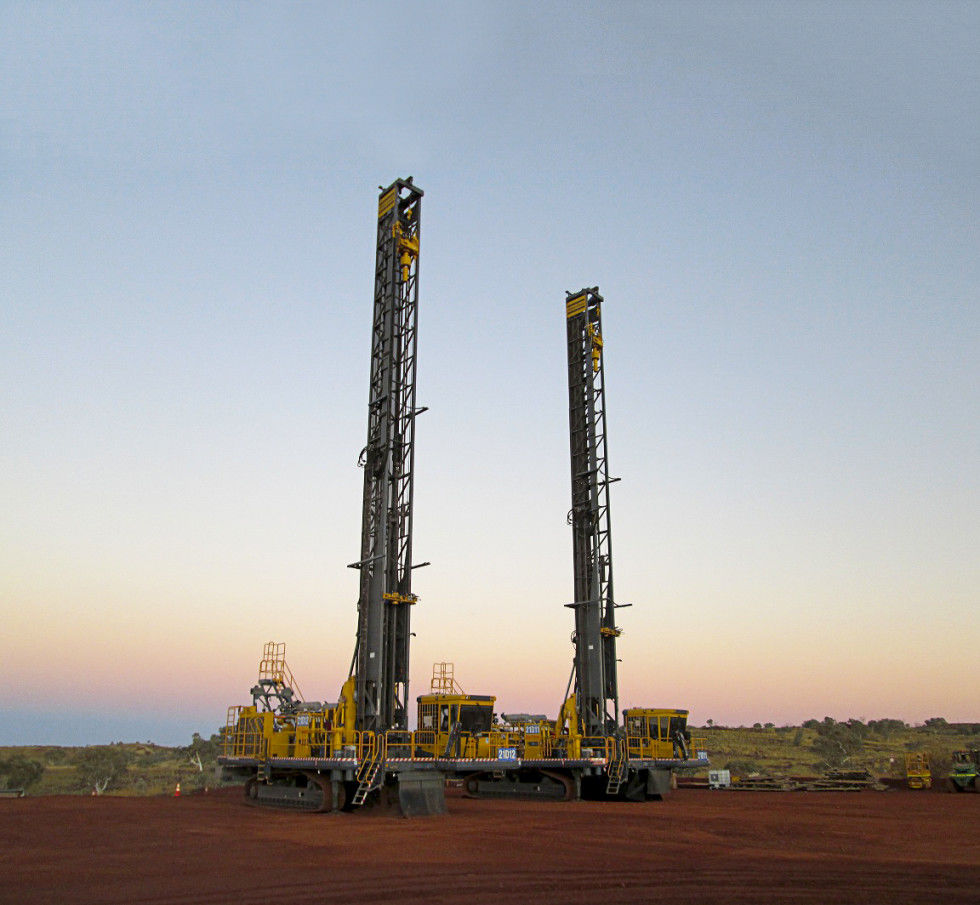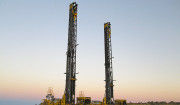The Pilbara region in the North of Western Australia is a showcase of modern mining. This vast and remote corner of the world, covering an astonishing 500 000 km2 has been fielding its minerals ? notably iron, gold and copper ? on a large scale since the 1960s.
Some of the giants of the industry are well established here, among them Rio Tinto and BHP Billiton, which, together with local mining companies and contractors, contribute much to the Australian economy using some of the industry?s most sophisticated equipment and methods.
These days, however, like many other mining regions around the world, the normally hot and dry Pilbara is feeling the cold pinch of lower metal prices and weaker global demand.
The challenges in adjusting to this new market situation are considerable, and here, as practically everywhere, the focus is on cost reduction. One of the ways that companies are tackling this is to minimize the time that mining equipment is out of action.
In this respect, one of the major suppliers to the companies of the Pilbara, Atlas Copco, is playing a key role with proactive service solutions for the many different types of Atlas Copco rigs at work in the region.
One example of this is a service exchange package which involves a Component Repair Menu that allows customers to continue mining with minimal downtime. Tailored to suit the needs of today?s tight operational demands, customers are able to choose from the following options:
- Reman: Components ready off the shelf, rebuilt to an ?as new or better? standard, complete with a comprehensive warranty and a ?Core Credit? on the return of the used item.
- Do & Charge: Rotable components that are owned by the customer and returned to an Atlas Copco workshop to be stripped, inspected and repaired (customers receive detailed analysis and reporting on identified failed parts) and Atlas Copco alerts the customer if the item is economically repairable and specifies the repair costs.
- Service Exchange: Components that are returned to an Atlas Copco workshop, stripped and inspected with customers paying the cost of repair plus a fee for the interim use of a ?stand in? Atlas Copco exchange component.
- Service Modules: Customers receive a modularized component, typically complete powertrains, powerheads, airends and the like, designed to be ?Plug & Play?. The component arrives in an engineer designed, transport friendly, protective steel container, fully dressed with all accessories (e.g. hoses, connections, fastenings etc) to facilitate speedy installation, minimal downtime and early return to work of the machine.
Complementing the portfolio, all repairs include the use of genuine Atlas Copco parts and are backed by the Atlas Copco service warranty.
Close cooperation
In addition to this, Atlas Copco uses advanced software to track the life cycle of all key components and parts enabling it to predict when replacement parts will be needed. Parts that need to be replaced more often, and essential parts critical to operations, are held at Atlas Copco branches throughout Australia, while those replaced less often are held at distribution centers in Perth and Sydney.
Another key aspect of the program is Custom Engineered Solutions, through the plug and play principle. This is designed to reduce the cost of parts in maintaining a machine and the labor needed.
Dale Waters, National Marketing Manager for Atlas Copco in Australia, explains that a pre-assembled component is cheaper and more efficient to supply and install than trying to buy the individual parts for assembling and fitting on site.
Custom engineered conversion kits are also invaluable, for example, when equipment requirements change after a move to a new location. Common conversions include bolting units, rod size, production drilling units, automation and power pack conversions. The kits ensure that machines are quickly brought back into service after a component upgrade.
Waters adds that the system relies on close cooperation with customers to ensure that downtime is kept to a minimum.
At the forefront
Atlas Copco is a long-time supplier to the companies at work in the Pilbara and is also at the forefront of the automation revolution, providing computer-age tools that make the extraction of ore faster, more efficient, but above all, safer.
Today?s equipment offers precision drilling that goes far beyond the skills of even the most experienced driller, giving information on ground conditions that previously required days to obtain.
These efficiencies are having a positive impact in the Pilbara. As an example, Adrian Boeing, Automation Manager at Atlas Copco, refers to autonomous drilling technology that enables a single operator to supervise a fleet of drill rigs.
He points out that BHP Billiton Iron Ore reports that these benefits have resulted in an increase of 9.8% in meters drilled per shift and a 22% improvement in drill bit life.
Apart from the obvious savings in labor costs, there is much greater utilization of equipment by allowing a drill to operate during meal breaks, shift changes, meetings and other events that traditionally would result in lost production.
Another factor is improved drilling consistency resulting from more accurate data about ground and drilling conditions, leading to higher productivity. All this is invaluable at a time when the iron ore industry is focused on reducing costs whilst increasing production, a strong factor in the growth in demand for automation technology. The next areas to be targeted are automation systems covering a number of sites, long distance remote operation for example, between the Pilbara and Perth.
Boeing points out that Atlas Copco is continuously upgrading the automation portfolio with incremental improvements and new features. This includes introducing new drill rig models, such as the next generation top-hammer SmartROC T45, and the larger Pit Viper 316 drill. Chris Clewes, Regional Manager in the Pilbara for Atlas Copco, says: ?The growth in the new generation equipment primarily occurred with drilling contractors buying DML, SmartRig ROC F9 and SmartROC D65 rigs and then, about three years ago, with the introduction of the Pit Viper 270 to the major mining companies.
Epiroc operated under the trademark “Atlas Copco” prior to January 1, 2018.



Here:
Us: